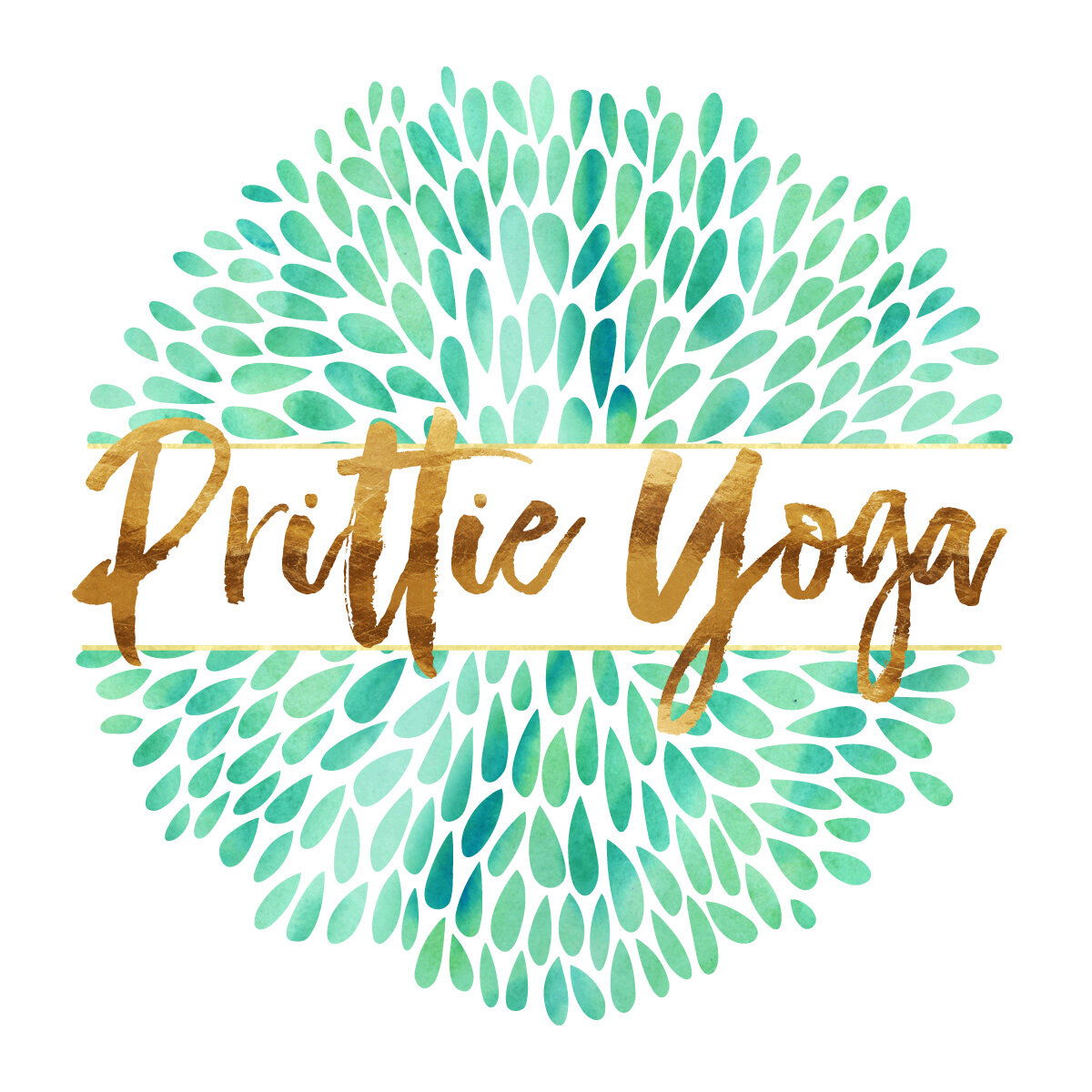Training for Strengthened Fascia: How Mindful EMYoga Enhances Collagen Production
Exercise plays a crucial role in conditioning the fascia, the connective tissue that supports and stabilises muscles, tendons, ligaments, and other tissues. It increases the production of collagen, an essential protein for the health and elasticity of fascia, tendons, and ligaments. Whether the exercise involves eccentric (muscle contraction during extension) or concentric (muscle contraction during shortening) movements, it effectively stimulates collagen formation in tendons and ligaments. However, when it comes to fascia conditioning, a slow, mindful approach —like that found in yoga— is particularly powerful.
Emily Perrier’s unique blend of Energy Medicine Yoga and Hatha Yoga offers the perfect combination for this purpose. Her approach focuses on slow, mindful movements that not only enhance the health of fascia but also promote overall energetic well-being. Let's explore how her yoga style supports fascia conditioning and collagen production in more depth.
The Science Behind Fascia Conditioning
To promote collagen formation and improve fascia health, the type of movement is important. In musculature, eccentric and static exercises generally offer more effective stimulation of collagen and lysyl oxidase (an enzyme essential for collagen cross-linking) than concentric movements. This is why slow and deliberate movements, which are fundamental in Emily’s style of teaching yoga, are highly beneficial for fascia.
When training to strengthen or heal tendons, slow and controlled stretching encourages collagen production and breaks down crosslinks in the fascia, making it more supple. Emily Perrier’s style of slow yoga, which emphasises holding poses and mindful movement, works by applying a gentle and consistent pull on the fascia, promoting the smooth, flexible tissue that is essential for mobility and injury prevention.
Why Slow Yoga is Ideal for Fascia Health
Strength training performed slowly is key to developing a more pliable and healthier fascia. Fast movements can create stiff tendons and fascia, while slower movements help to break down adhesions in the tissue and make the collagen smoother. This aligns perfectly with Emily Perrier’s yoga practice, which encourages slow, mindful movements that condition and restore fascia over time.
Her use of static holds and slow, flowing postures is ideal for fascia conditioning. These movements ensure that the cells within tendons and ligaments are “pulled out” appropriately, stimulating collagen production, particularly collagen type I, which is most beneficial for strengthening connective tissue. Moreover, slow static stretches performed for around 20-30 seconds (as Perrier often integrates into her yoga sequences) ensure that the healthy fibers of the tendon relax, allowing the damaged areas to receive the necessary signals for collagen production and healing. Emily’s use of 1 slow sit down, 1 slow push down and squat hold are prime example of this.
The Role of Recovery in Fascia Training
Fascia, tendons, and ligaments require time to recover after training. Maximum stimulation of collagen production occurs after 5 to 10 minutes of training, after which the tissue needs at least 6 hours to fully recover and prepare for the next session. Emily Perrier’s gentle and mindful yoga routines naturally promote this balance between activity and recovery, supporting long-term fascia health without overloading the tissue.
Rehab and Injury Prevention Through Yoga
After an injury, it’s essential to begin fascia conditioning as soon as possible. Emily’s yoga style, with its emphasis on gentle, restorative movements, offers the perfect starting point for rehab. By incorporating slow static stretching and holding postures for several repetitions over short periods, her practice aids in tendon and ligament recovery. This approach not only stimulates collagen formation but also reduces the risk of further injury. Her use of circling the joints and figure eights wrists and ankles, circling behind the knees, are powerful tools to keep joints healthy and prevent injury.
Additionally, incorporating dynamic stretching —such as the flowing movements seen in Emily’s Hatha Yoga practice— can help stimulate articular cartilage production. This is crucial for joint health and ensures the long-term mobility of tendons and ligaments.
Supporting Fascia Health Through Nutrition
While Emily’s slow, mindful yoga is a powerful tool for fascia conditioning, it’s important to pair this training with the right nutrition. To maximise collagen production during fascia training, it's beneficial to consume protein rich in leucine (an essential amino acid found in meat and dairy products) and supplements like hydrolyzed collagen or gelatin. Vitamin C is also necessary for collagen formation, ensuring that fascia, tendons, and ligaments receive the nutrients they need to heal and strengthen.
It’s ideal to take these supplements 30–60 minutes before yoga or targeted fascia training, as blood flow increases during exercise, enhancing nutrient absorption into the tissue. This nutritional boost, paired with mindful yoga, ensures your fascia is getting the support it needs to become stronger and more resilient. Emily always recommends energy testing supplements to see if the body requires it on a day to day bases. No hard and fast rules are Emily’s style, more general guidelines in combination with harnessing individual’s intuition and curiosity and love for their body.
Conclusion: Why Emily Perrier's Yoga is Perfect for Fascia Conditioning
Emily Perrier’s slow, mindful yoga practice is perfectly suited for fascia conditioning. The deliberate pace of her movements stimulates collagen production in tendons and ligaments, promoting flexibility, injury prevention, and healing. Her blend of Energy Medicine Yoga and Hatha Yoga aligns both the physical and energetic aspects of fascia health, offering a holistic approach that amplifies the benefits of traditional fascia training.
By integrating yoga into your fascia training routine and supporting it with proper nutrition, you’ll experience stronger, smoother, and more flexible connective tissues, ensuring long-term mobility and resilience.
Next step
To find out more about EMYoga or how to support your fasica to release discomfort or pain contact Emily.
